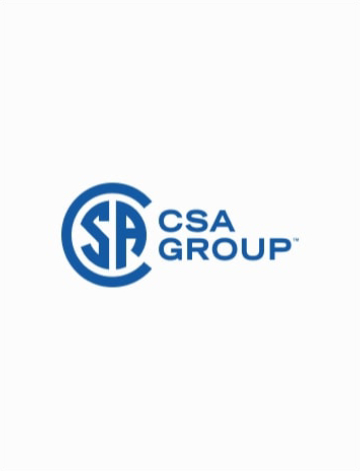CSA Preface
Standards development within the Information Technology sector is harmonized with international standards development. Through the CSA Technical Committee on Information Technology (TCIT), Canadians serve as the Canadian Advisory Committee (CAC) on ISO/IEC Joint Technical Committee 1 on Information Technology (ISO/IEC JTC1) for the Standards Council of Canada (SCC), the ISO member body for Canada and sponsor of the Canadian National Committee of the IEC. Also, as a member of the International Telecommunication Union (ITU), Canada participates in the International Telegraph and Telephone Consultative Committee (ITU-T).
This International Standard was reviewed by the CSA TCIT under the jurisdiction of the Strategic Steering Committee on Information Technology and deemed acceptable for use in Canada. (A committee membership list is available on request from the CSA Project Manager.) From time to time, ISO/IEC may publish addenda, corrigenda, etc. The CSA TCIT will review these documents for approval and publication. For a listing, refer to the CSA Information Products catalogue or CSA Info Update or contact a CSA Sales representative. This Standard has been formally approved, without modification, by the Technical Committee and has been approved as a National Standard of Canada by the Standards Council of Canada.
Scope
This Recommendation | International Standard provides a specification of a Group Management Protocol (GMP), which is an application-layer control protocol for creating a group session and for managing the group's participating members.
The GMP consists of session management (SM), membership management (MM), and the function of exchanging information between SM and MM. SM is responsible for session creation and deletion. MM manages the member lists based on session information retrieved from SM.
According to ITU-T Rec. X.601, Multi-peer communications framework, the multi-peer communication service is achieved in seven distinct phases: registration, enrolment, activation, data transfer, deactivation, de-enrolment, and de-registration. Since one of these operations - data transfer - may be performed using ECTP or TCP, SM may perform the rest of operations: creation, announcement, registration, enrolment, activation, including session announcement. In addition, MM manages group members who are in enrolled or active groups.
SM may provide a convenient interface to users because it may be implemented on the Web. Operation of MM is transparent to users as in a transport protocol.


